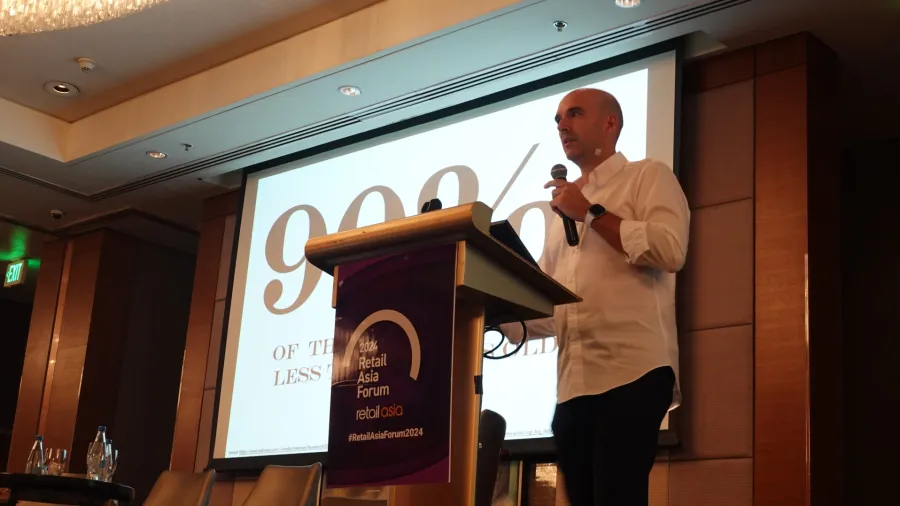
Retailers and brands told to harness data for growth
The tandem should turn insights into profit strategies, Flying Fish Lab says.
Retailers and their suppliers should use data to help them make informed decisions, improve customer service, and ultimately boost profit, according to Singapore-based business consulting firm Flying Fish Lab.
Flying Fish Lab co-founder Mário Braz de Matos, who spoke at the Retail Asia Forum in Manila in October, said retailers should turn data into insights, which can then guide them in driving growth.
He said quintillions of data from tens of billions of customer profiles if used properly could increase revenue by 60%.
Drawing from his 27-year experience in retail, he noted that consumers have become more sophisticated amid spiralling prices. “Decisions based on value are not just about price. Value is now a combination of what a company delivers and what a consumer asks for,” he pointed out.
The global customer data platform market is projected to grow 33.7% annually to $63.7b by 2031 from $6.2b now, as businesses give more importance to data-driven marketing strategies, according to Data Bridge Market Research.
The number of customer data platforms is expected to triple by 2028, Mordor Intelligence said.
De Matos said consumers are influenced by many factors when they buy things. “Perhaps it is cost per use, but perhaps it is acquisition cost. But it's also about discounts and affordability and looking for something new.”
Training people how to convert insights into strategies was a worthy challenge, he said, reflecting on his consulting days at Unilever and Nokia.
“Whilst it may seem blindingly obvious because we have the data structured on a table and call it an insight, do we stop there? No,” he said, adding that a company must first determine whether the data can provide insights.
Companies should ask the right questions, de Matos said, adding that information that fails to explain a particular customer action can never be called an insight.
“This is where collaboration between retailers and brand owners becomes the most fruitful, as it accelerates the insight-to-action cycle,” he said. “But how do we unlock that 60%?” he asked.
He cited the case of Walmart, Inc. which integrated its data-driven supply chain management tools into the brand owners. The US retail chain predicted customer trends, anticipated customer needs and managed inventory levels, increasing stock by 25% and unlocking $10 billion in yearly savings.
Meanwhile, online retail giant Amazon.com, Inc. analysed and used big data for personalised recommendations, which later accounted for 35% of its sales.
“And lastly, by utilising loyalty card data, Tesco has been able to double its market share,” he said.
De Matos said retailers and suppliers should be flexible given the competitive market and rapidly changing consumer behaviour. “Technology is also making this happen even faster, hence it is just multiplying the difficulty of the game.”
“Companies need to invite brand owners to the table and explore partnerships for growth if they are keen to understand consumers holistically and in-depth,” he said. “Because they are working together, they can streamline the processes and skip steps that would require mutual validation.”

















 Advertise
Advertise






